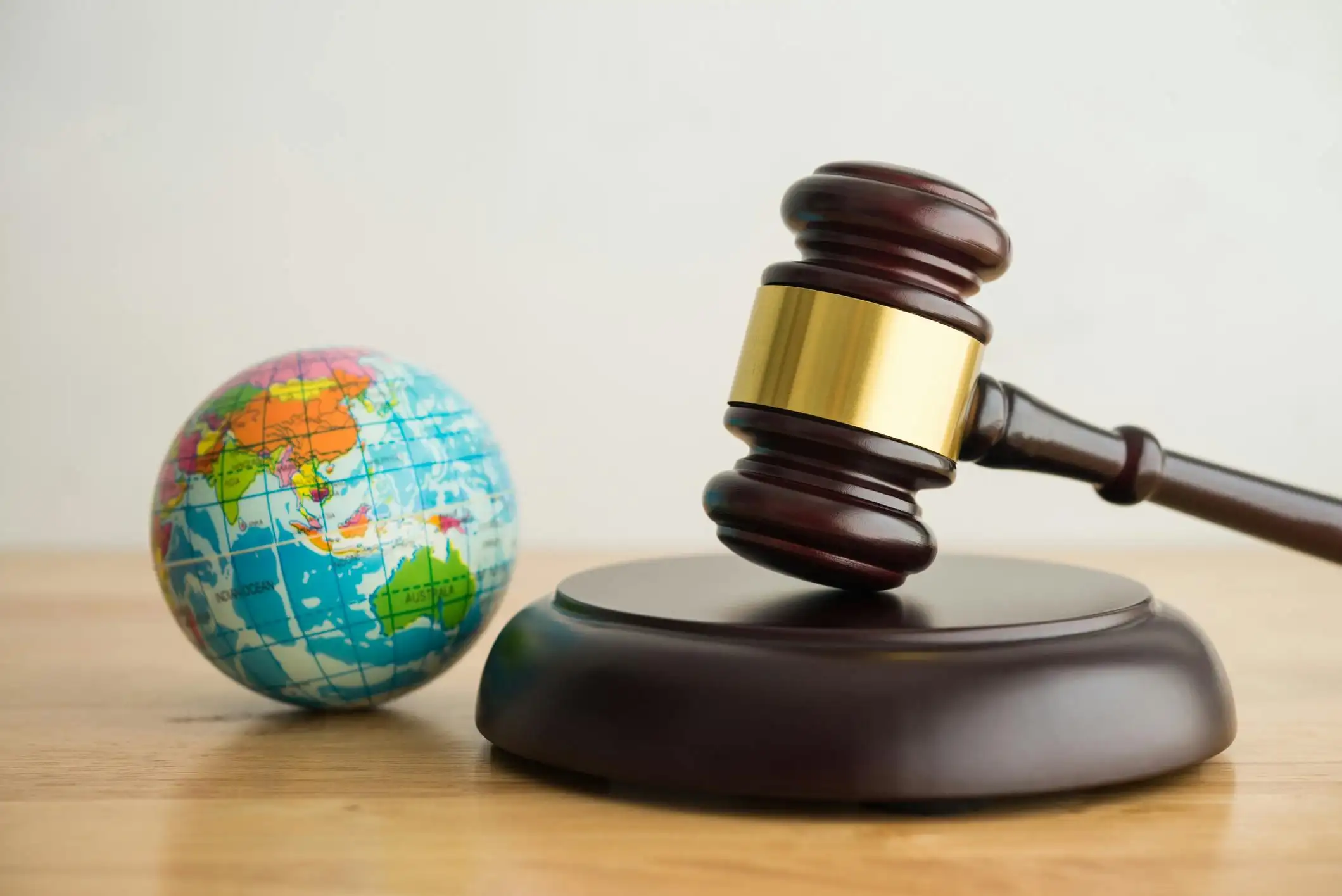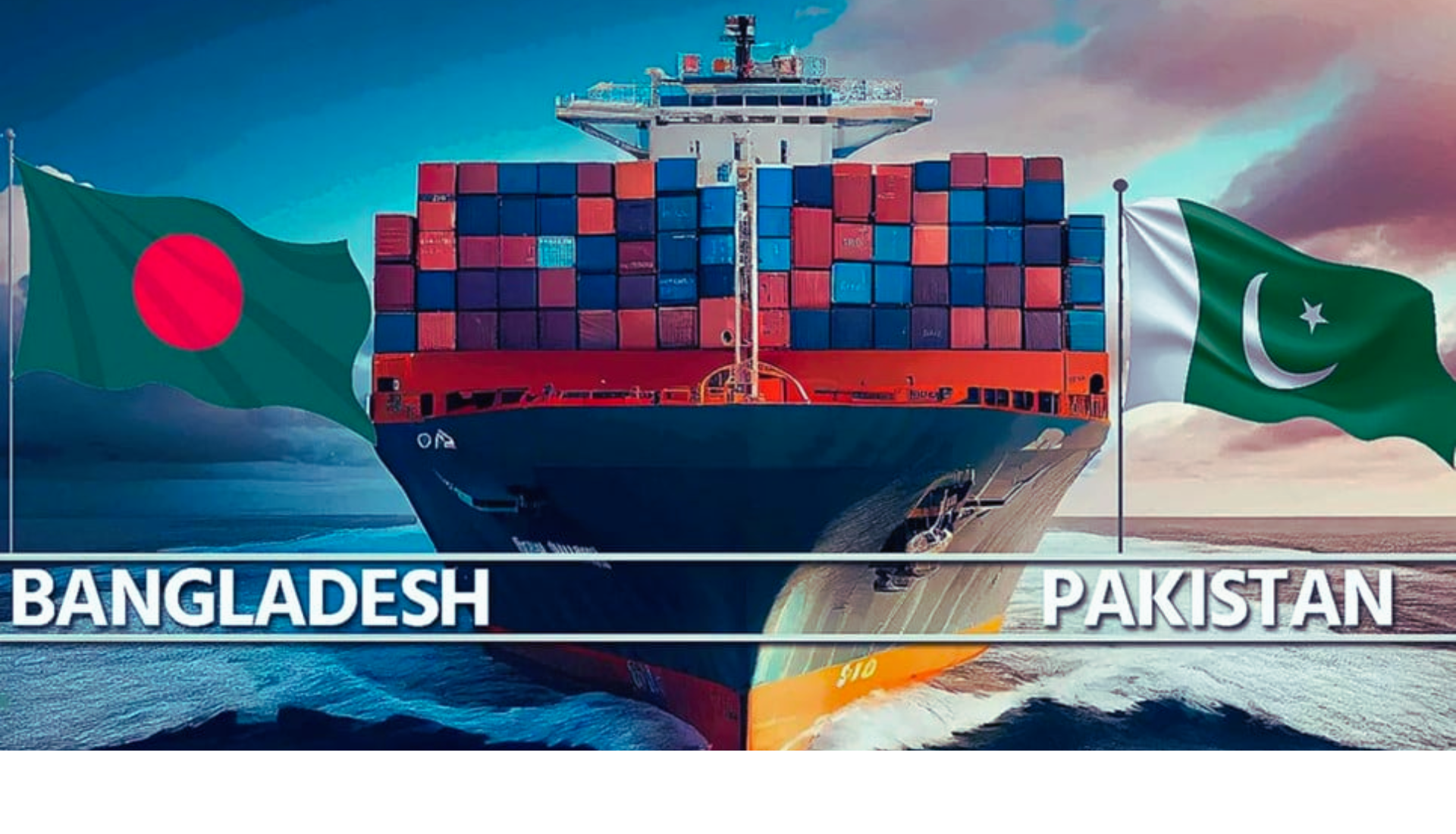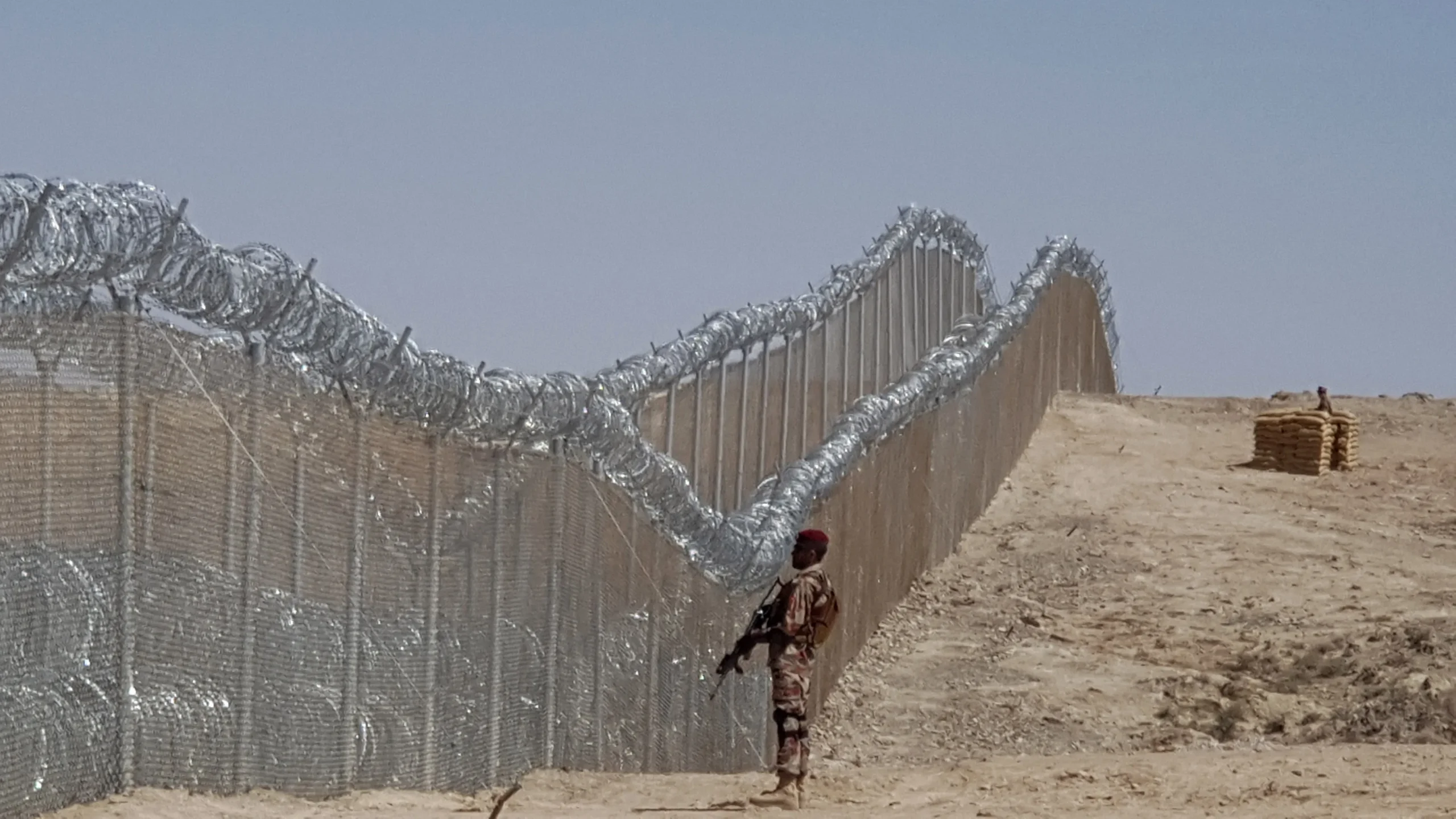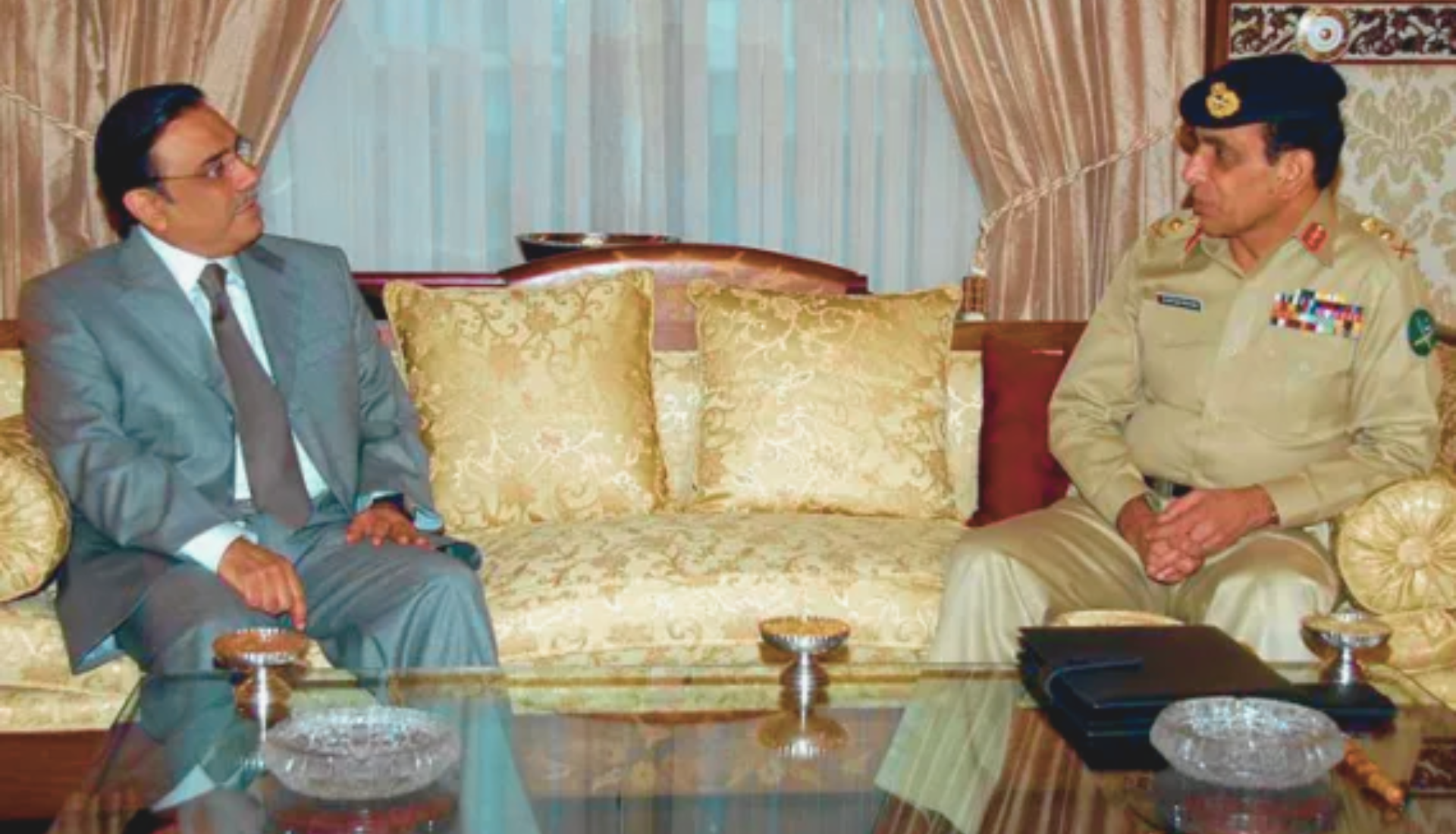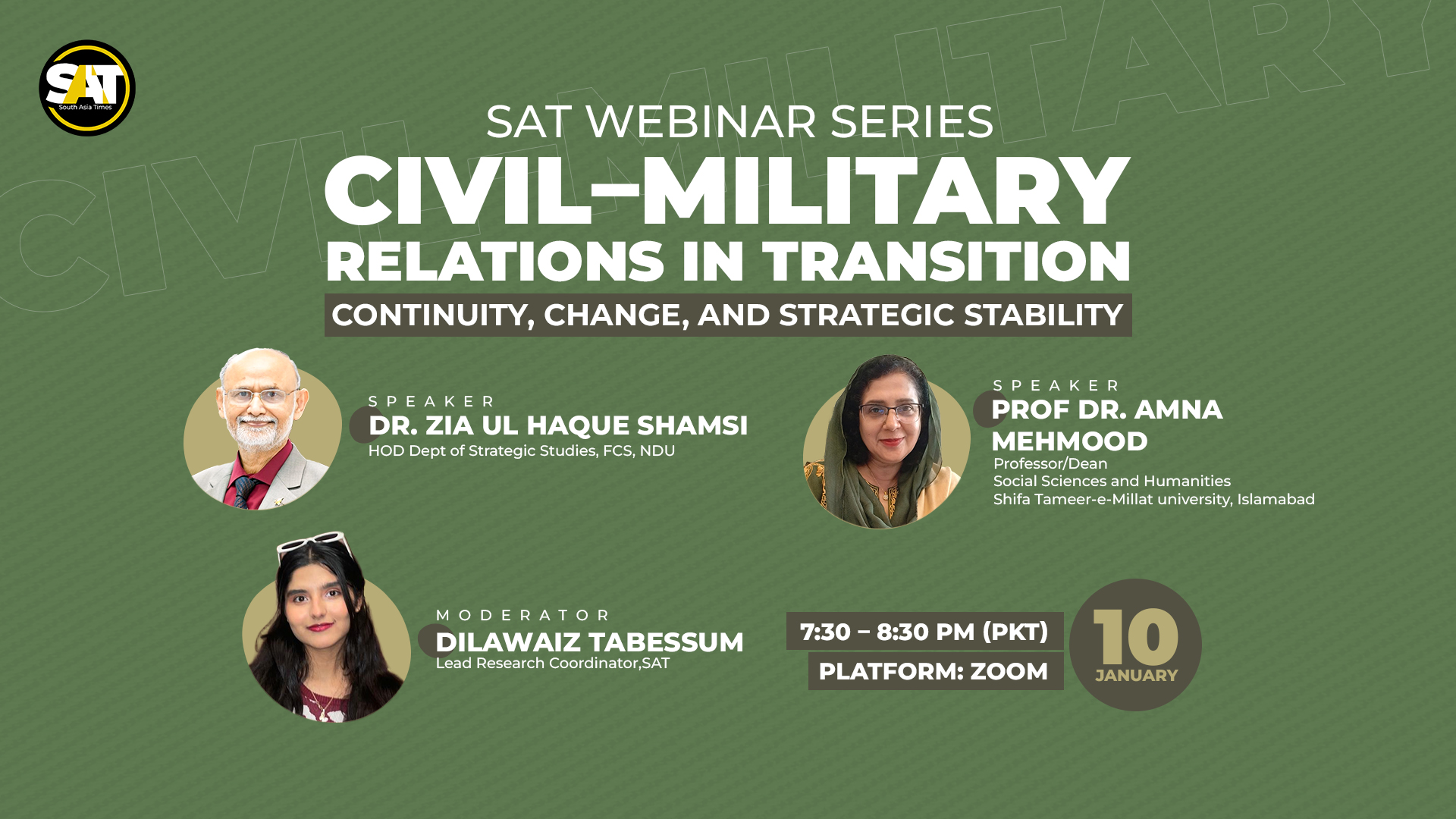While Nepal, Maldives and other South Asian states were not reported up to the mark owing to the deadly surge of COVID-19. The world reported devastation in India caused by COVID-19. However, along with India, other South Asian countries are also suffering from this pandemic.
UNICEF’s report can help in understanding the current situation of South Asia. These things, highlighted by the UNICEF team are:
Increasing Numbers of COVID Cases
South Asia, home to 2 billion people, now constitutes half of the world cases. Families lose loved ones at an increasing rate.
The mortality rates in India, Nepal, Sri Lanka and the Maldives are staggering. Every minute that passes, three people lose their lives to #COVID19 in South Asia.
Oxygen, beds & equipment are running out.
Help us deliver life saving supplies now.
https://t.co/F3Cz9kCqL8— George Laryea-Adjei (@G_LaryeaAdjei) May 21, 2021
Nepal\’s cases were up to 47 per cent, meaning nearly half of all tests were confirmed with COVID-19. In the last month, Sri Lanka cases grew by 275%, whereas, Maldives cases have not increased.
New Variant of COVID
After the UK and Brazil variant, India has experienced a new variant which is named ‘B.1.617’. These new varieties are also significantly more infectious, so they spread to populations and families more quickly.
According to a WHO ascribed laboratory in Hong Kong, Nepal provided 15 samples obtained two months ago, they discovered that 9 are affected with the UK variant. Whereas, the Indian variant was present in one person.
Additionally, on 3rd May, the Indian variant of coronavirus, also known as B.1.617, was found by Sri Lankan health authorities in a person who recently returned from India. Since then Sri Lanka has seen a mammoth increase in the COVID-19 cases.
Low Vaccine Coverage
The vaccination process is very slow in South Asia, which means people are very open to being prey to COVID-19. In South Asia, the following figures illustrate the level of the vaccination process; in India, Less than 10 per cent of the population has been vaccinated followed by Nepal, less than 8 per cent in Nepal and less than 5 per cent in Sri Lanka.
Health Systems are Vulnerable to be Collapsed
In contrast to India, some of the new developing countries do not have the same number of healthcare hospitals or doctors to help respond to this crisis. For instance, Maldives is a small island nation fighting the most cases per million people a day in the world.
Paul Rutter, Regional Advisor to Maternal and Child Health, UNICEF South Asia, says that its health system is being severely stressed. He added that the Capital has already filled 80% of COVID-19 care facilities.
Apart from COVID, Other Patients and People are at Risk
With every national emergency, those who suffer urgently are also in need of other medical emergencies. The latest statistics show that 228,000 children under five and 11,000 mothers in South Asia died in 2020 as a result of disruptions to basic health services.
Rutter reports that the direct effect on children carrying the virus has also risen as COVID-19 cases have increased. Luckily, the majority of COVID-19 cases are moderate in infants.
Children are Most Vulnerable
UNICEF monitors the rising number of kids with COVID-19. Resultantly, concerns are mounting about the adverse effects on their physical and their mental health. Entire families are falling ill during this pandemic. Some children lose their parents and their caregivers.
It’s not a Short-Living Pandemic
Sri Lanka has crossed record levels of new cases daily and it is still growing dramatically. Earlier, WHO modelling predicts that the present trend would 10-fold increase in everyday situations over the next few weeks.
Health systems in India, Nepal, Sri Lanka and the Maldives are being pushed to their limits due to rapidly increasing cases. On the other hand, there are concerns that Pakistan, Bangladesh, Bhutan and Afghanistan could also face such a situation.
It’s Beyond Vaccine
In India, the lethal spike is a sign to see what could happen if we let down our guard. The solution resides in vaccines, however, it is not the whole solution. Our vital shields against the virus begin with facial masks, social distancing and hand washing.
UNICEF’s Serving Teams on Ground
UNICEF\’s teams have been on the ground in recent weeks and since the beginning of the pandemic. They are working and responding rapidly to the Indian crisis, supply oxygen and help health centres.
Moreover, their teams also have close ties with local government and partners in countries such as Nepal and Sri Lanka.
Importance of Contributions
The lethal pandemic has seized the world. Therefore, it’s high time to contribute to the greater good and a shared future. Every individual can donate according to their capacity. Scores of NGO’s are working to halt this pandemic from human catastrophe. Among these organizations, UNICEF is newsworthy owing to its services.
The third wave of COVID-19 planted its steps in South Asia with colossal calamities in which India suffered the most. Along with India, Srilanka, Maldives and Nepal have also felt the heat of COVID-19’s third wave.
Under such conditions, it is an exigency to work collectively beyond rivalries and enmities. Messages of brotherhood through medical aid to Indians from Pakistan’s largest philanthropic organization named as Eidi Foundation is praiseworthy and encouraging. Perhaps, small deeds of love and compassion can lead to solving major plights among the South Asia states.

